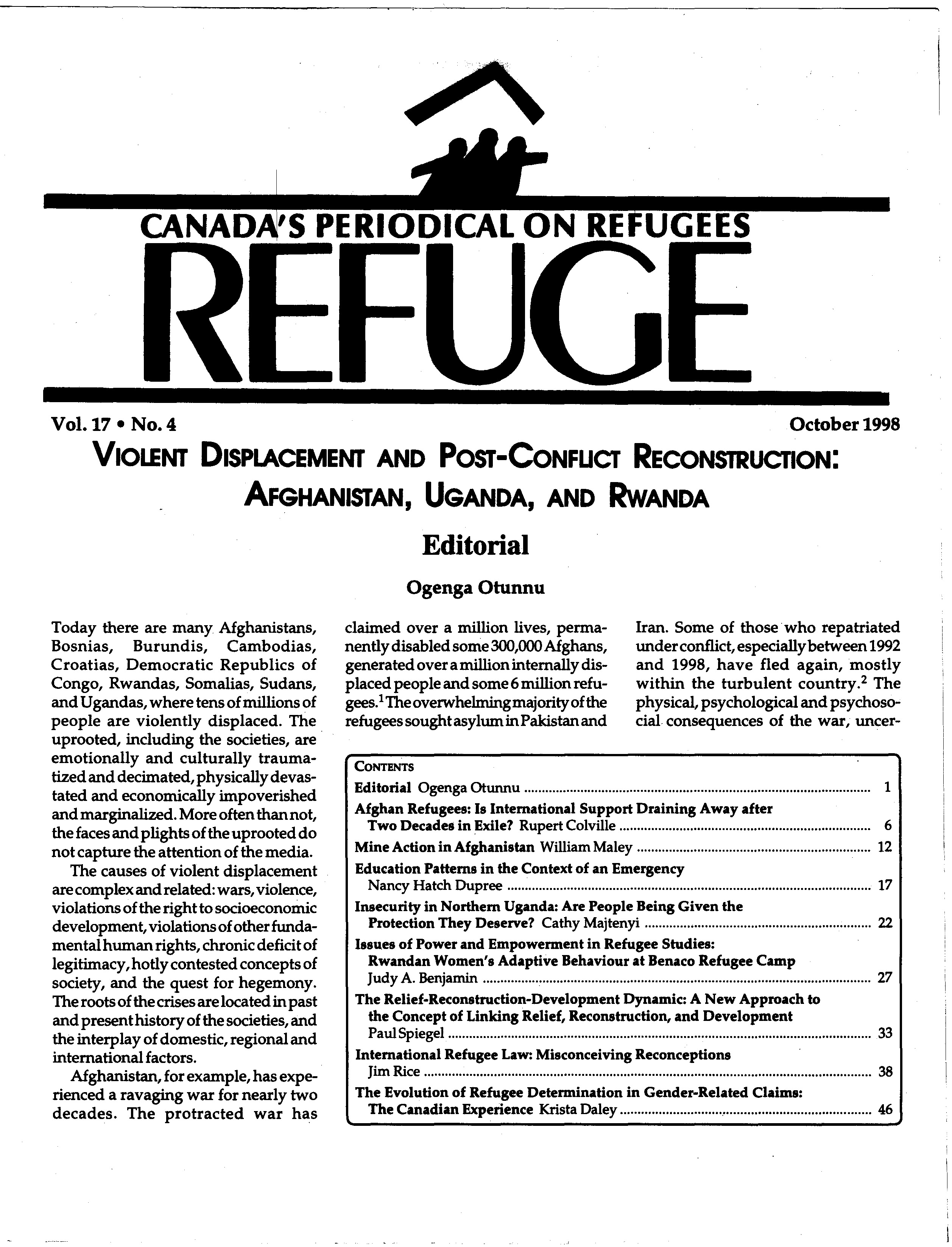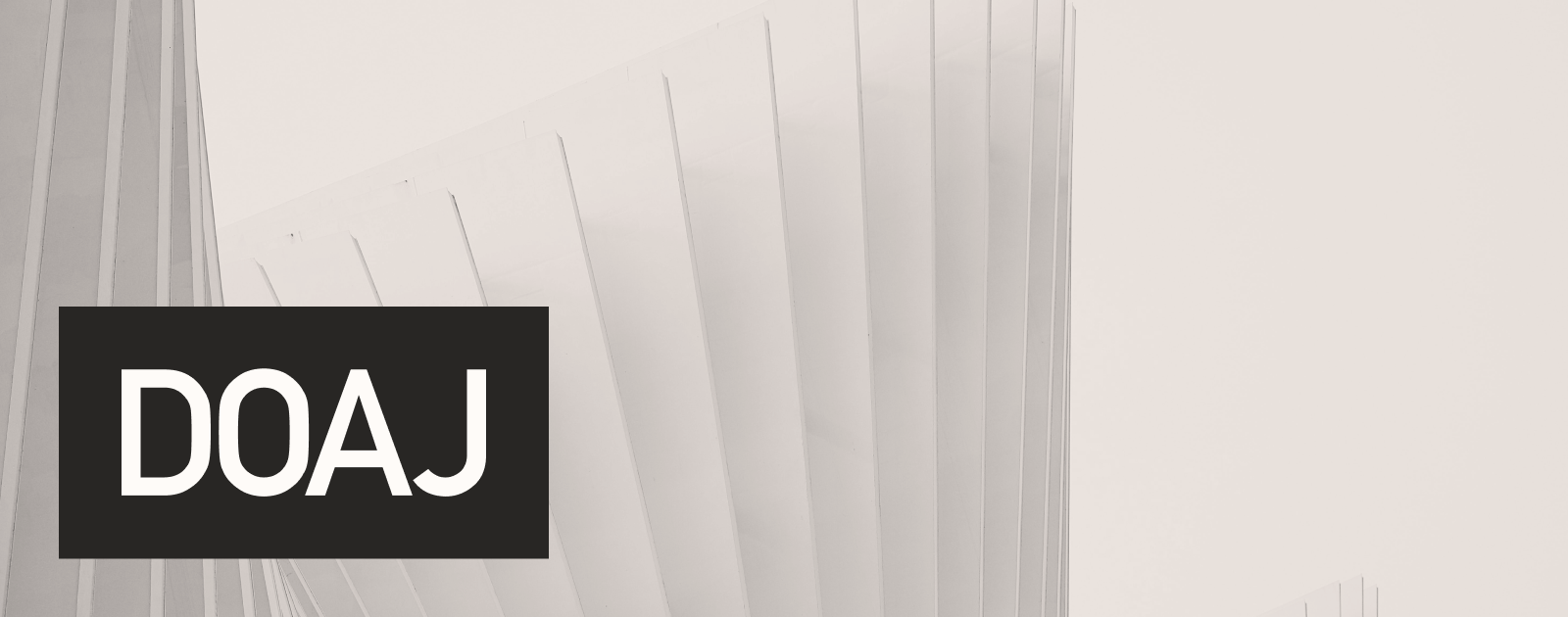The Relief-Reconstruction-Development Dynamic: A New Approach to the Concept of Linking Relief, Reconstruction, and Development
DOI:
https://doi.org/10.25071/1920-7336.21980Keywords:
geography, complex emergencies, developmental relief, chronic instability, R2D2 model, LiberiaAbstract
After a critical analysis of the relief-development continuum, a new conceptual model is proposed for areas with chronic instability in complex humanitarian emergencies - the Relief-Reconstruction-Development Dynamic (R2D2). This model incorporates the dynamic interactions of the relief, reconstruction and development phases over time and geography. Using the chronic instability of Liberia between 1990 and 1997 as an example, the author applies the R2D2 model. Liberia is divided into "maximal geographic units" and a conflict scale is applied. The resulting graph shows varying degrees of conflict between different regions which varied independently over time. Situations of chronic instability do not follow a linear pattern but instead, form a complex interactive dynamic of phases which varies over time and geography. Donor agencies and nongovernmental organizations should recognize this dynamic process and consequently fund and design programs which more appropriately address the different needs of areas within a situation of chronic instability over time.
Metrics
Downloads
Published
How to Cite
Issue
Section
License
Copyright (c) 1998 Paul Spiegel

This work is licensed under a Creative Commons Attribution-NonCommercial 4.0 International License.
Refuge authors retain the copyright over their work, and license it to the general public under the Creative Commons Attribution-Non Commercial License International (CC BY-NC 4.0). This license allows for non-commercial use, reproduction and adaption of the material in any medium or format, with proper attribution. For general information on Creative Commons licences, visit the Creative Commons site. For the CC BY-NC 4.0 license, review the human readable summary.







